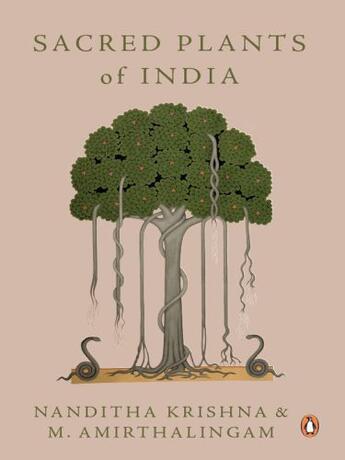-
Nombre de pages : (-)
-
Collection :
(-)
-
Genre :
(-)
-
Thème :
Non attribué
-
Prix littéraire(s) :
(-)
Résumé:
Plants personify the divine-' The Rig Veda (X.97) Trees and plants have long been held sacred to communities the world over. In India, we have a whole variety of flora that feature in our myths, our epics, our rituals, our worship and our daily life. There is the pipal, under which the Buddha... Voir plus
Plants personify the divine-' The Rig Veda (X.97) Trees and plants have long been held sacred to communities the world over. In India, we have a whole variety of flora that feature in our myths, our epics, our rituals, our worship and our daily life. There is the pipal, under which the Buddha meditated on the path to enlightenment; the banyan, in whose branches hide spirits; the ashoka, in a grove of which Sita sheltered when she was Ravana's prisoner; the tulsi, without which no Hindu house is considered complete; the bilva, with whose leaves it is possible to inadvertently worship Shiva. Before temples were constructed, trees were open-air shrines sheltering the deity, and many were symbolic of the Buddha himself.
Sacred Plants of India systematically lays out the sociocultural roots of the various plants found in the Indian subcontinent, while also asserting their ecological importance to our survival. Informative, thought-provoking and meticulously researched, this book draws on mythology and botany and the ancient religious traditions of India to assemble a detailed and fascinating account of India's flora.
Donner votre avis








